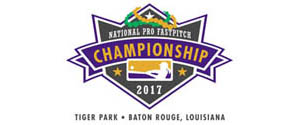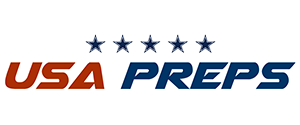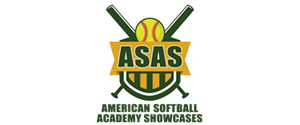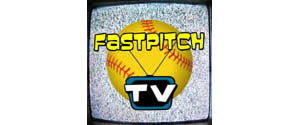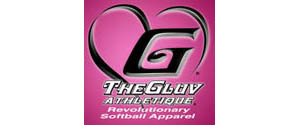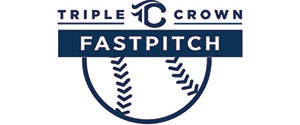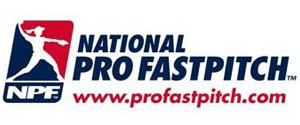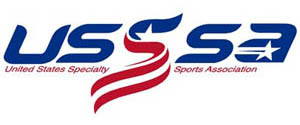BigYellowBalls wrote:wadeintothem wrote:Oh yeah, I remember now.
A strike is when I call it a strike.
But do you know what a strike is?
That is the problem with alot of Umps out there they know how to call one but not necessarily what one is. By the responses to this post I have proved my point!!!
Yeah, but who are you to even have a point? Do YOU know? Is the extent of your qualification having read a sentence in a book and now you suddenly think you know what a strike is? How do YOU know and what are YOUR qualifications?
My zone has always received good marks in evalatuion, whether, NCAA, ASA, or NFHS... and some of those evaluations includes coaches...and some damn good and known coaches at that.
I go through substantial training every year, numerous evaluations, and call thousands and thousands of pitches from just about every level of pitcher while under continuous scrutiny. What makes you know? Same thing with many of the umps here.






